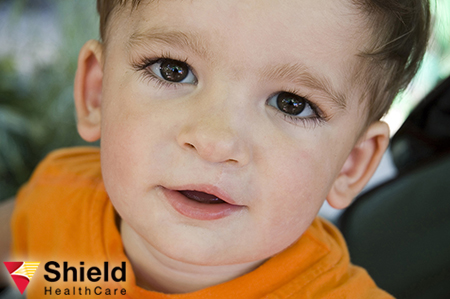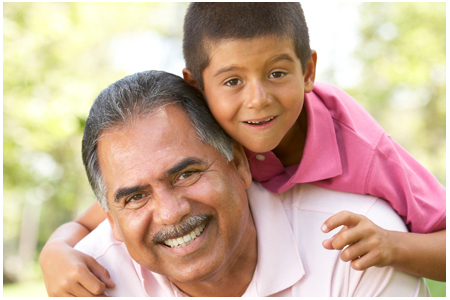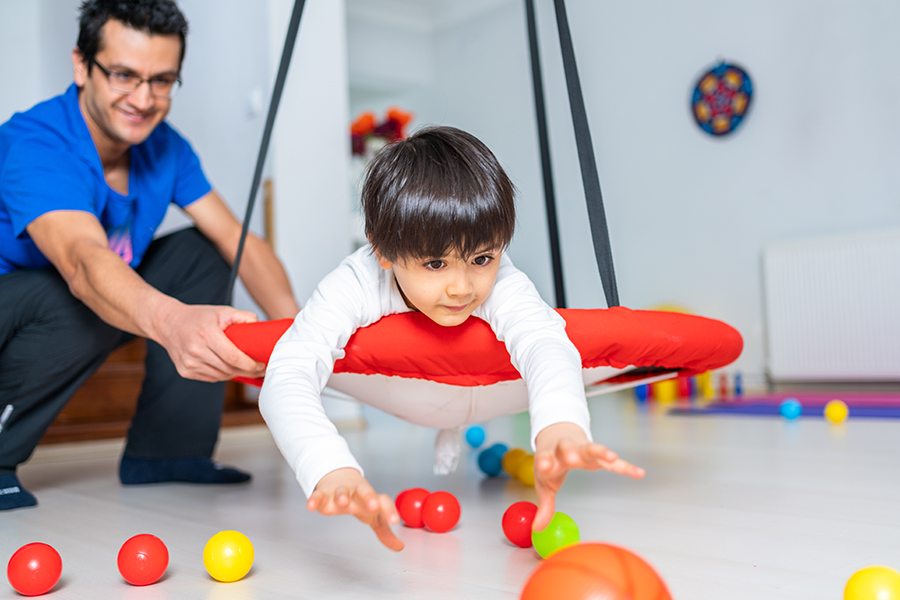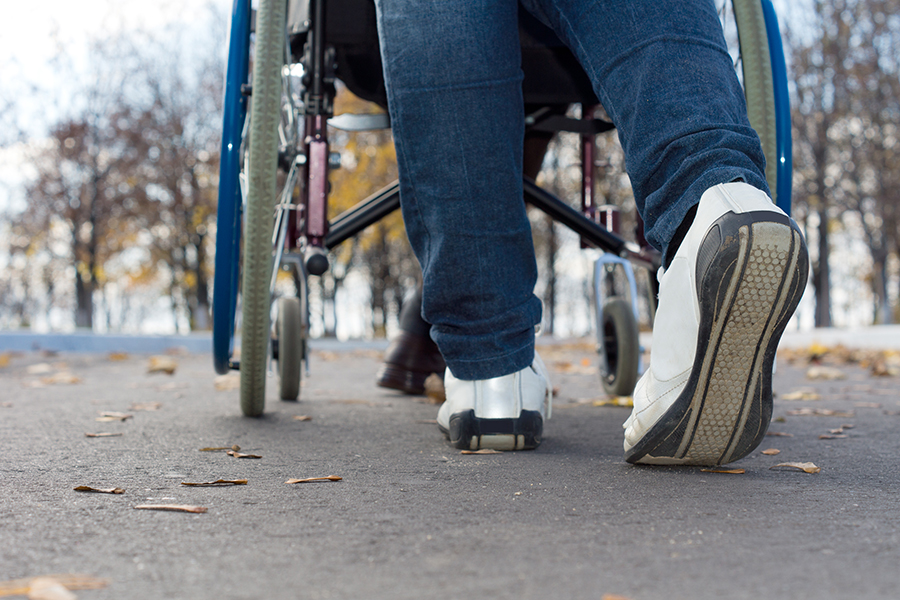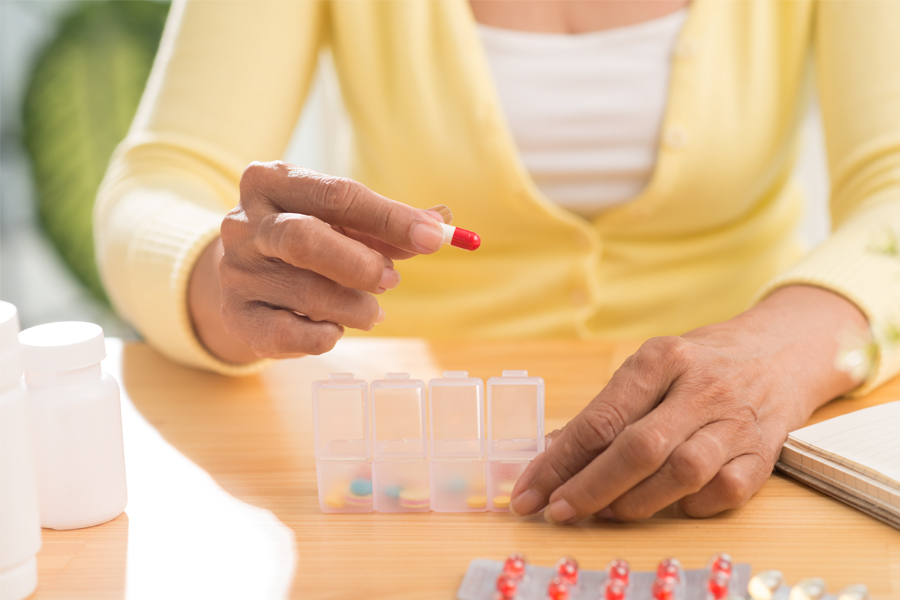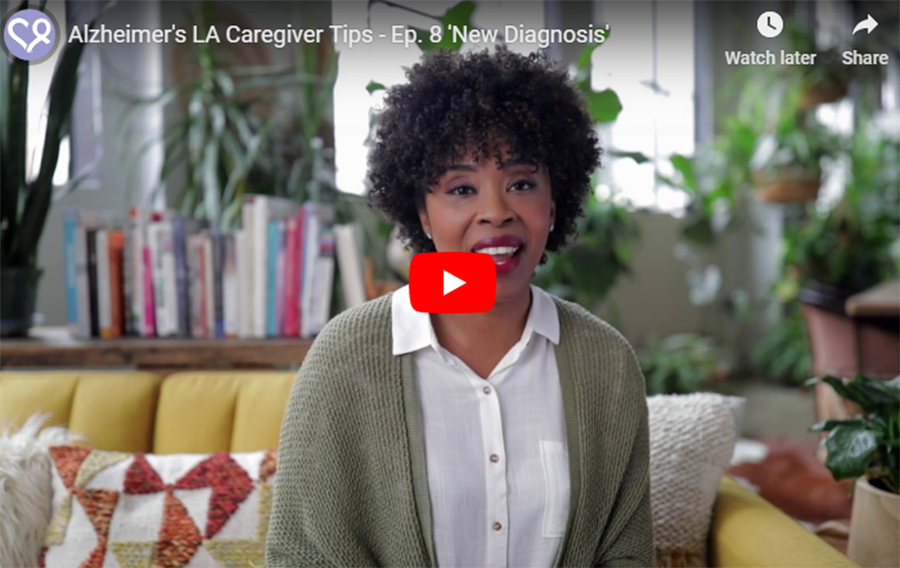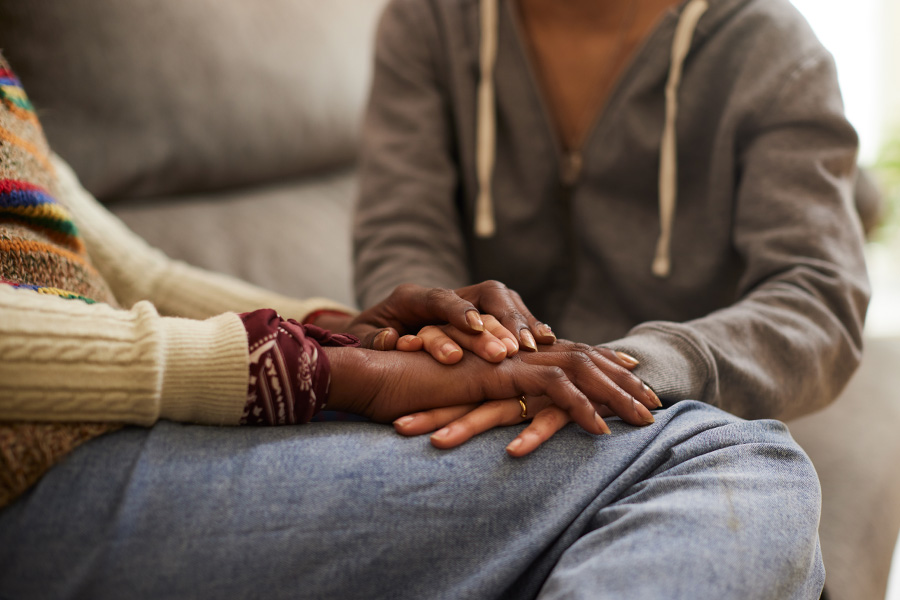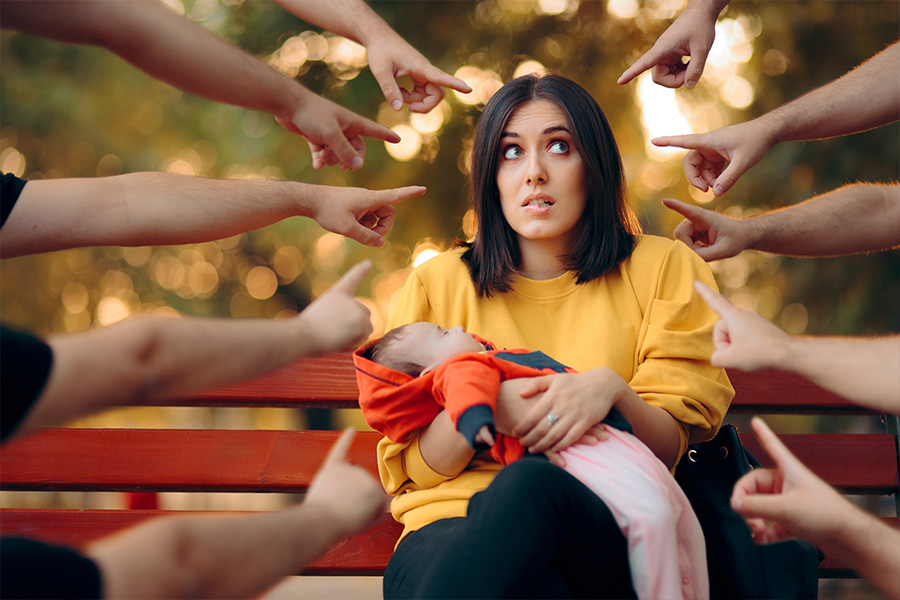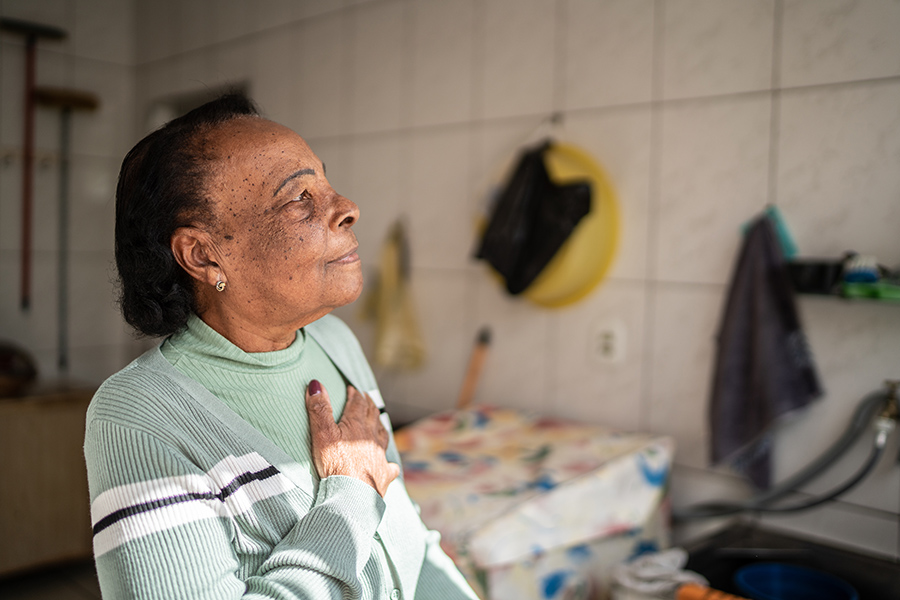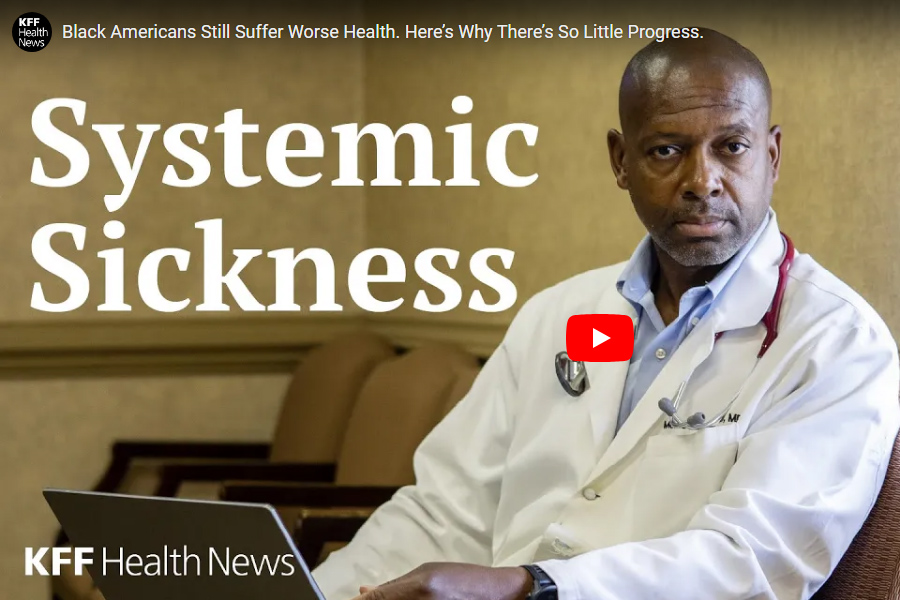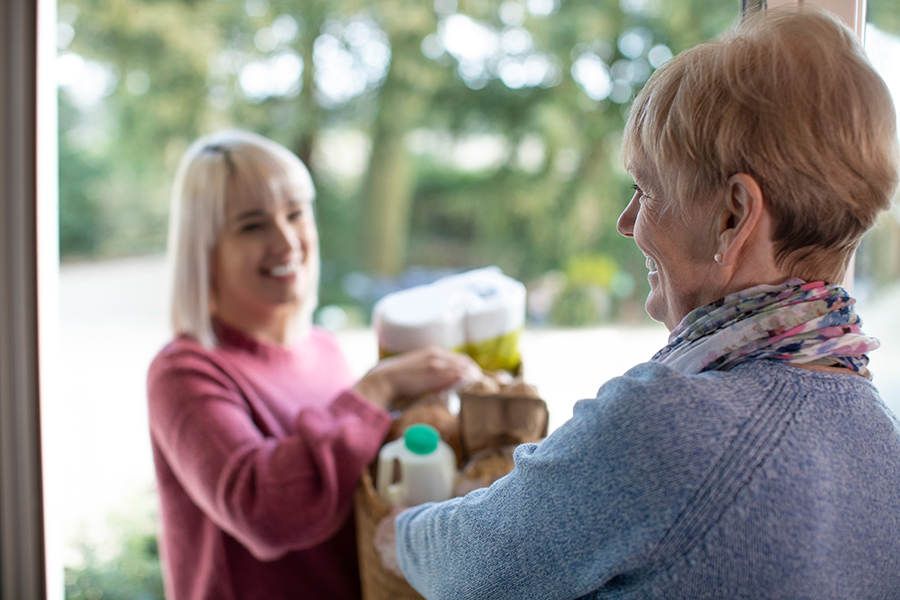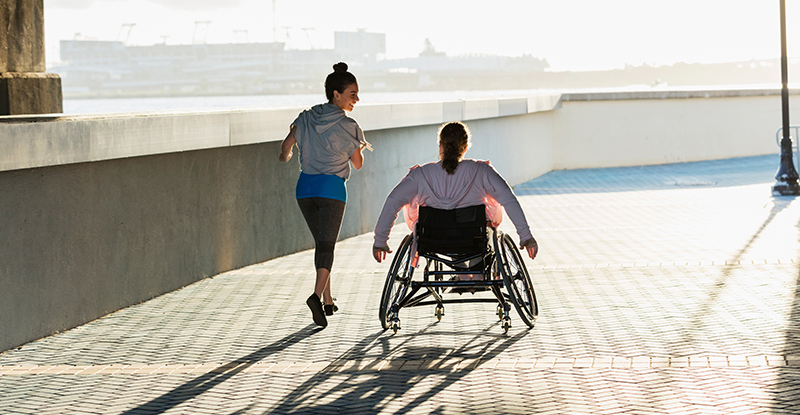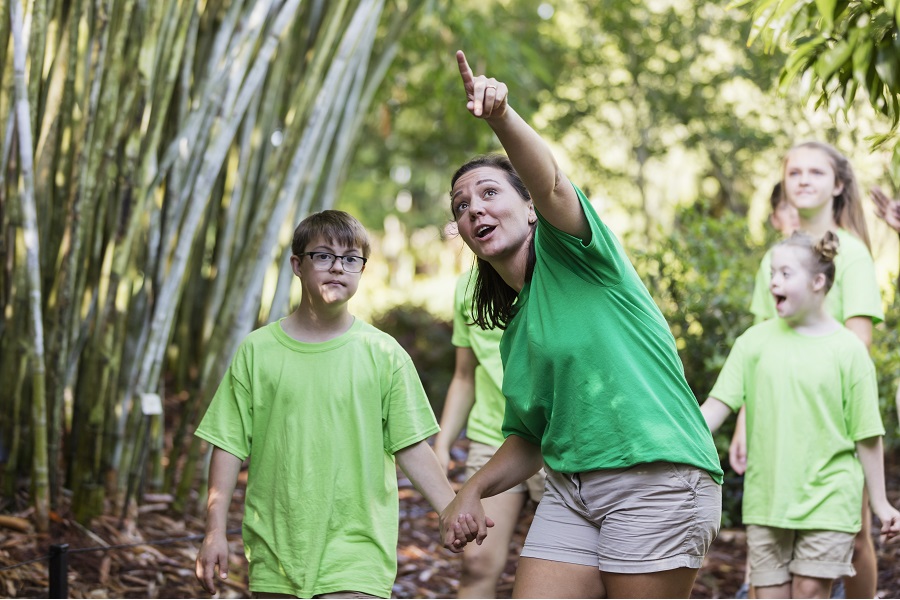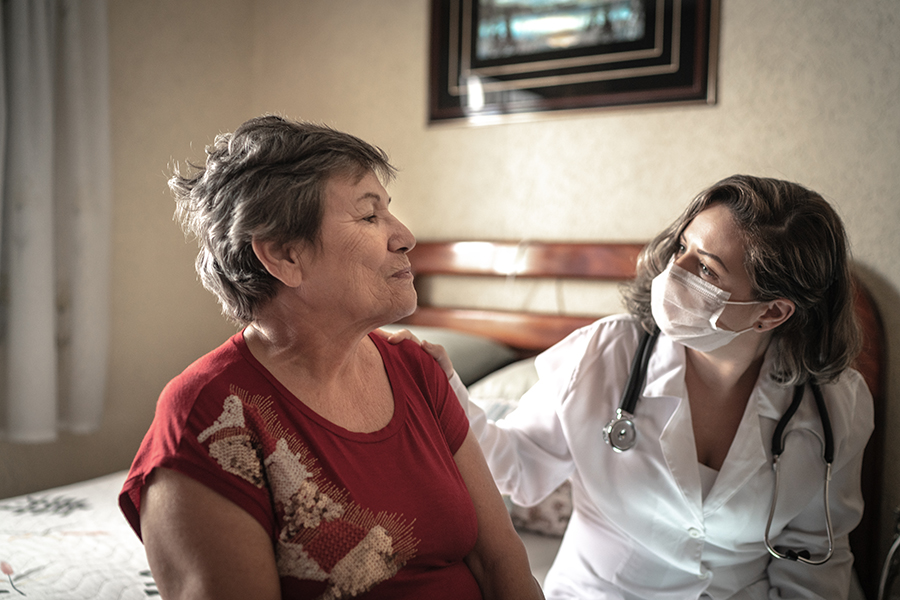In the U.S., nearly 13,000 children under the age of 21 are diagnosed with cancer every year. Although childhood cancer rates have been rising slightly for the past few decades, significant treatment advances in recent decades have improved the outlook for many young children fighting the disease. In 2013, more than 80% of children with cancer will survive five years or more. However, it is important to note that survival rates vary depending on the type of the cancer, its location and extent, the child’s age and other factors. Cancer is the second leading cause of death in children younger than 15 years old.
What are the most common types of childhood cancers?
The most common cancers of children are:
- Leukemia
- Brain and central nervous system tumors
- Neuroblastoma
- Wilms tumor
- Lymphoma
- Retinoblastoma
- Rhabdomyosarcoma
- Bone cancer, including Osteosarcoma and Ewing sarcoma
What causes childhood cancer?
Some children inherit DNA mutations from a parent that increase their risk of cancer, but this is very rare. Most childhood cancers are the result of DNA changes that happened very early in the child’s life. The reasons for DNA mutations that cause most childhood cancers are not yet known. An outside cause like radiation exposure may play a part, or the cause may not yet have been found. However, most childhood cancers are likely caused by random, uncontrollable DNA changes within a cell. If your child does develop cancer, it is important to know that it is extremely unlikely that you or your child could have done anything to prevent it.
What is the best treatment for childhood cancer?
There are many treatments available, and the best treatment for your child or loved one will depend on several factors – including the type and extent of the cancer. The majority of childhood cancers tend to respond well to chemotherapy, and children’s bodies tend to handle chemotherapy a little bit better than adults’ bodies do. But cancer treatments such as chemo and radiation therapy can cause long-term side effects – also known as late effects – and children who survive cancer may need careful, long-term follow-up care.
Where can my child get the best available treatment?
Today, most children battling cancer are treated by a team of professionals at children’s cancer centers, which are normally located in major medical centers. These professionals are specifically trained in the differences between adult cancers and childhood cancers, and work to provide support and care for the entire family. Children’s cancer centers are often members of the Children’s Oncology Group. In these centers you can expect state-of-the-art treatment, and some children may have opportunities to participate in clinical trials.
Support and Resources for Parents and Caregivers
Hearing that your child has been diagnosed with cancer can be a devastating blow to parents, family members, and friends of the child. Testing and treatment begins very quickly, and many important choices and difficult decisions are made in a very short period of time. Parents and caregivers rely heavily on support and resources from the community during this stressful period. The American Cancer Society offers resources for coping with the diagnosis, dealing with financial and insurance issues, pediatric cancer center information and much more.
Additional Resources for Parents and Caregivers:
American Cancer Society Resources for Parents and Families
CancerCare Support Groups, Resources and Financial Assistance
National Cancer Institute Handbook for Parents
Children’s Cause: List of Parent & Family Resources
Source information for this article was provided by the American Cancer Society and National Cancer Institute.






